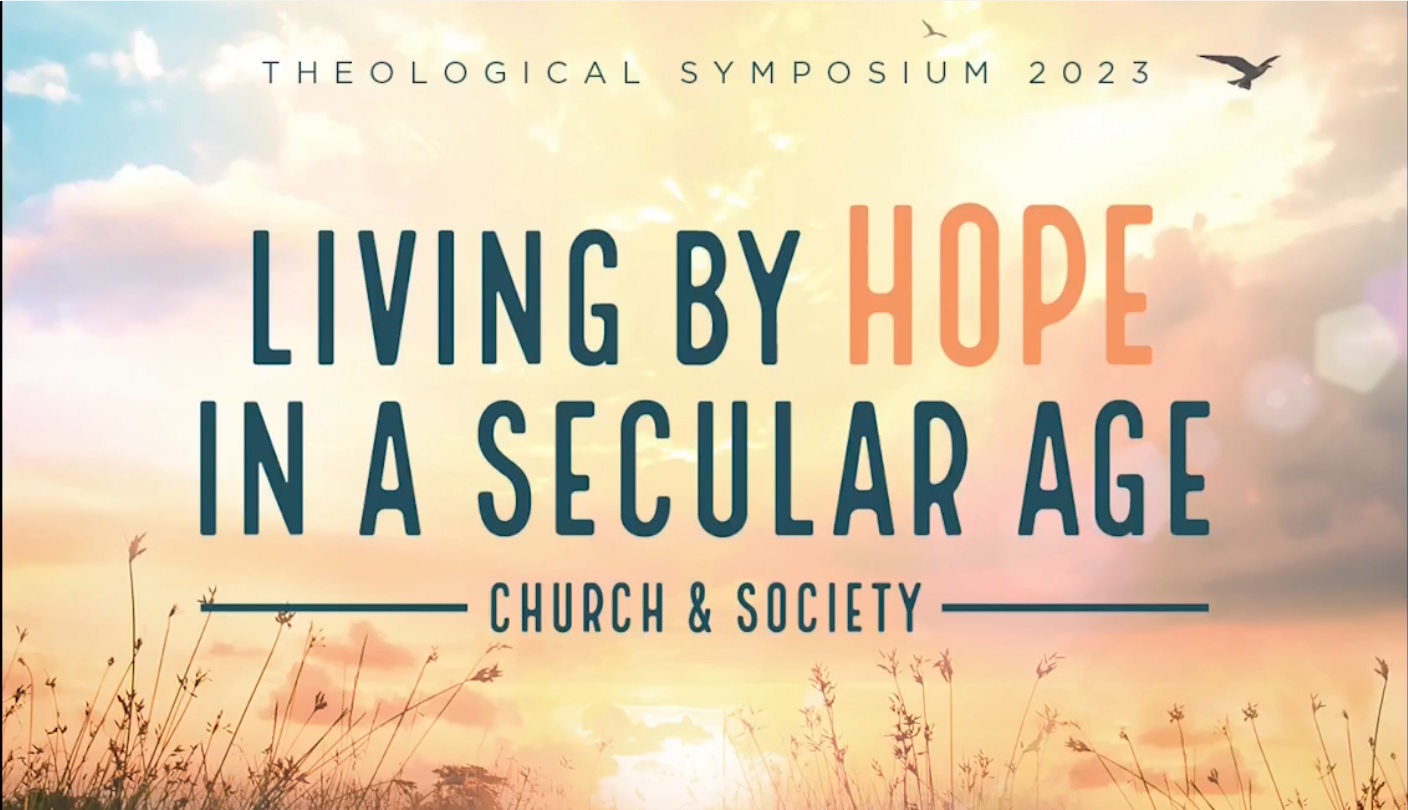Loading...
Start Date
20-9-2023 3:15 PM
End Date
20-9-2023 4:00 PM
Keywords
2023 theological symposium, modernity, theology, theological, church, lutheran, secularism, authorship, postmodern
Description
The religious, social and aesthetic fragmentations of the current era challenge Christians to find creative paths in the world. This presentation will argue that Johan Georg Hamann (d. 1788) offered a theological grammar to discern such a path. The key to this grammar is the coincidentia oppositorum — the coincidence of opposites — which he apprehended through the communicatio idiomatum in Christ — that what is divine participates in what is earthly and vice versa. Hamann understood that the coincidentia oppositorum did not only take place in the incarnation but also reflects how God is in creation. God is so far outside categories that human attempts to delineate Him in systems and theologies are hopeless, but He is simultaneously so close to human beings as to be present within each detail of the created order. Hamann’s theological grammar overcomes many of the philosophical and theological aporias of our late-modern and postmodern world. This sectional will place Hamann’s theological grammar into conversation with such contemporary figures as Löwith, von Balthasar, Taylor and Milbank, to show how his work may lead Christians toward a free community that mirrors the image of God in love, work and rest.
Submission Type
Bible Study; Lecture; Sermon Prep
Scripture References in this Resource (separated by semi-colons)
matthew 1;34; Hebrews 4:12; Psalm 119:105; Matthew 13:13;
Submission Audience
Laity; Ministers; Scholars
People in this Resource (separated by commas)
Charles Taylor, Milbank, Immanuel Kant, Gwen Griffith Dixon,
Submission Cost
Free
J. G. Hamann’s Theology of History
The religious, social and aesthetic fragmentations of the current era challenge Christians to find creative paths in the world. This presentation will argue that Johan Georg Hamann (d. 1788) offered a theological grammar to discern such a path. The key to this grammar is the coincidentia oppositorum — the coincidence of opposites — which he apprehended through the communicatio idiomatum in Christ — that what is divine participates in what is earthly and vice versa. Hamann understood that the coincidentia oppositorum did not only take place in the incarnation but also reflects how God is in creation. God is so far outside categories that human attempts to delineate Him in systems and theologies are hopeless, but He is simultaneously so close to human beings as to be present within each detail of the created order. Hamann’s theological grammar overcomes many of the philosophical and theological aporias of our late-modern and postmodern world. This sectional will place Hamann’s theological grammar into conversation with such contemporary figures as Löwith, von Balthasar, Taylor and Milbank, to show how his work may lead Christians toward a free community that mirrors the image of God in love, work and rest.


